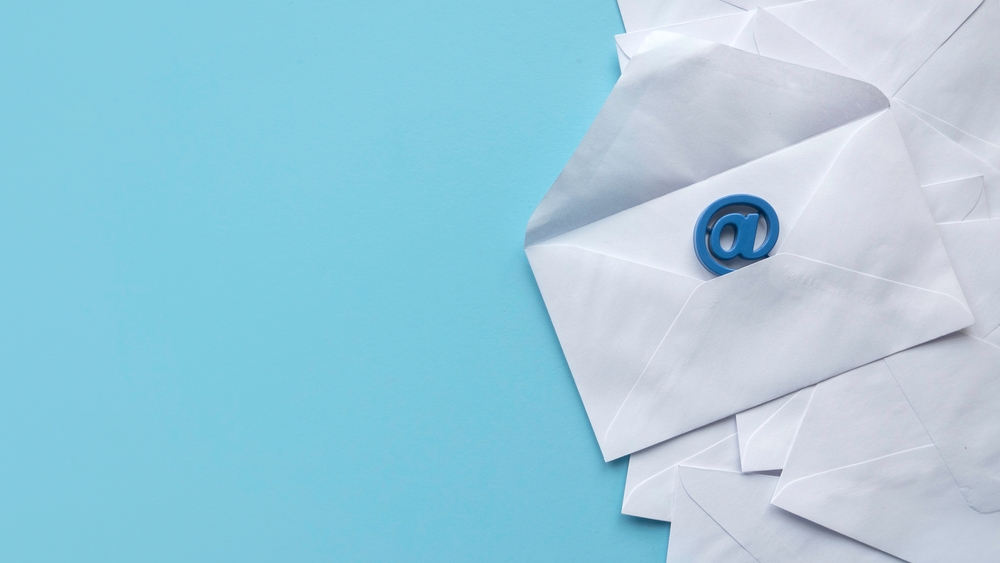Surprise and reward emails are special messages prepared and sent to customers or users, often offering a positive and satisfying experience. Through surprise emails, the recipient is presented with an unexpected gift, a special offer, or a personalized message. This creates a positive impact with an email sent suddenly and unexpectedly. These types of emails strengthen the brand’s relationship with the customer and are an important step toward customer satisfaction. They are designed with the intent of personalizing and targeting a specific audience.
Special surprise emails are used to encourage a particular behavior. They aim to reward customer loyalty, encouraging them to shop more or use the product more frequently. Rewards can be offered through discount coupons, gift cards, special promotions, and loyalty programs. Both types of emails are effective tools used to increase customer satisfaction and strengthen their loyalty to the brand.
What Are Surprise and Reward Emails?
Surprise and reward emails increase your customer’s loyalty to you. When planning surprise emails, they are designed to attract the recipient’s attention and please them. It is important to create content based on the customer profile at this point. The surprise email you send should capture the customer’s interest, which is why it’s crucial to understand your target audience and know what might interest them. Based on this planning, you can send gifts and offer special content. Surprises should be something the customer is likely to be interested in.
The content of surprise emails is usually personalized. They may include information such as the recipient’s name, previous purchases, or interactions. During the planning process, the type of surprise and the expectations of the target audience can determine an appropriate offer. The timing of surprise emails is also an important factor, as it can enhance the impact of the surprise. For example, special occasions, holidays, or key milestones in customer interactions can increase the effectiveness of surprises.
During the implementation phase, the design and content of the email should be carefully prepared. The design of the email is as important as the content and should be engaging to enhance the impact of the surprise. The content of the email should be clear and concise, making it easy for the recipient to understand the surprise. Ensure that the email list is up-to-date and accurate during sending. Emails should have a personal touch and be written in a friendly tone. This way, recipients will feel that the surprise was prepared specially for them, making it more authentic and meaningful.
When Should Reward Emails Be Used?
Reward emails are often sent to recognize a specific achievement, encourage customer loyalty, or motivate the user to take a particular action. These emails are known to be an effective method for regularly rewarding customer loyalty within loyalty programs. For example, surprise emails can be sent to reward reaching a certain shopping amount, encouraging the user to remain consistently active on your website. Participation in campaigns will increase, and spending habits will form. Rewards can be given through a competition, survey, or user interactions. It is a method that increases the customer’s interaction with the brand.
Reward emails will enhance customer satisfaction, especially by making the post-purchase experience more positive. These rewards can be given to gather feedback or measure user satisfaction, showing that the brand values its customers and appreciates their contributions. Special discounts and free trial opportunities can be offered as rewards to users who perform a specific action, allowing the customer to get to know you better.
How to Plan and Implement Surprise Emails?
First and foremost, the email must capture the recipient’s attention and include surprises that will make them happy. The content should be special. Knowing your target audience is important at this point, and understanding their interests is crucial. Knowing the user or customer you will send a surprise email to shows that you understand them well. Therefore, the content is usually personalized, based on details like the recipient’s name, previous purchases, or interactions. The timing of surprise emails is also a critical factor, with special occasions, holidays, and key milestones in customer interactions known for being effective times for surprises.
When Is the Best Time to Send Surprise and Reward Emails?
The best times to send surprise and reward emails are usually when recipients are most likely to engage with these types of messages. Special occasions and holidays are ideal times to send surprise and reward emails. Personalized emails can be sent on different dates such as New Year’s, Valentine’s Day, birthdays, or wedding anniversaries if th




